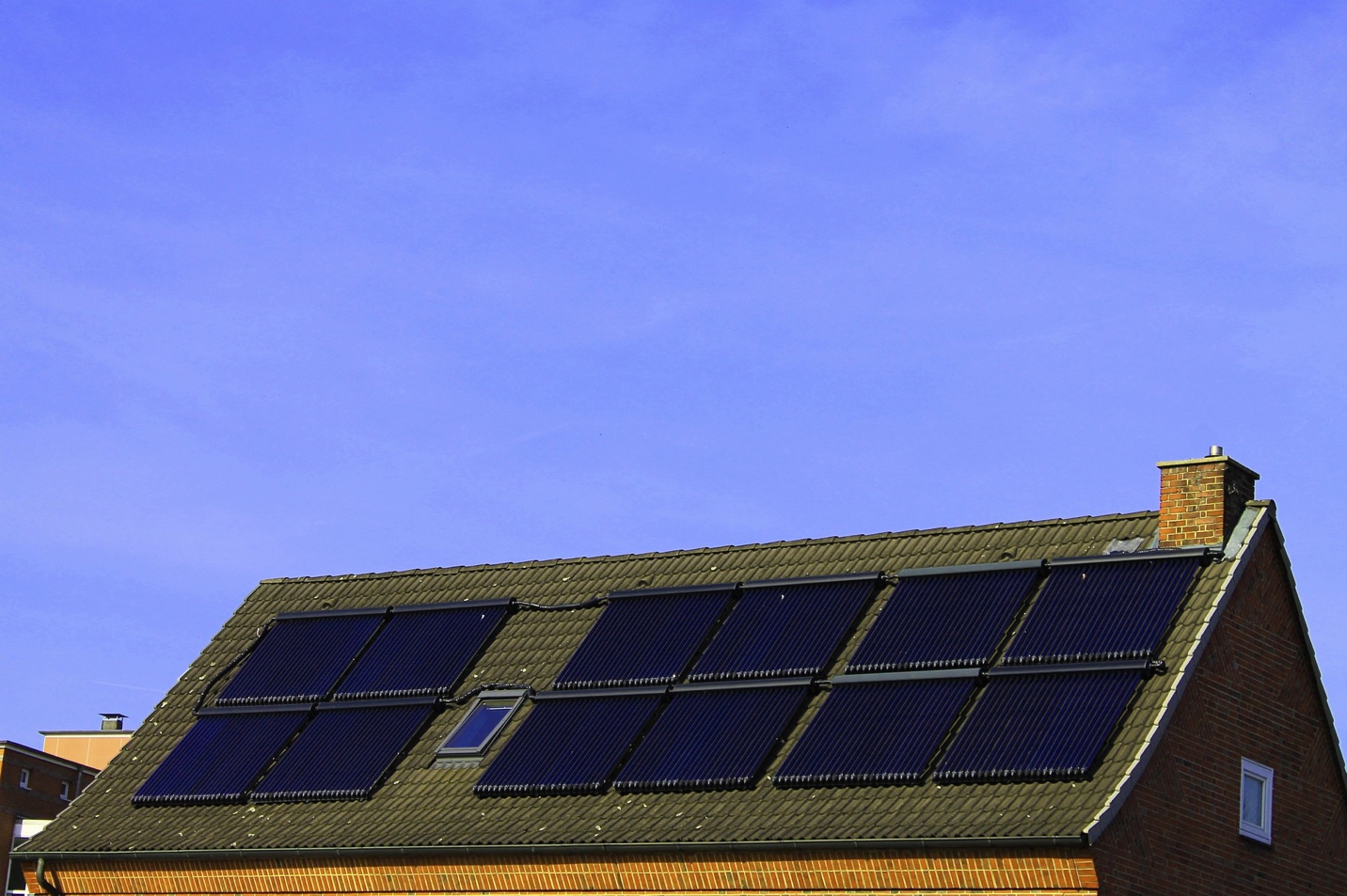
A residential solar panel system comprises various components that make clean energy production possible. Solar panels come in various sizes, with manufacturers offering something new and innovative for consumers. Before purchasing solar panels, it’s important to understand better their key components and how they work. Here are the main parts of a standard solar panel system for residential applications.
Solar panels
Panels are inarguably the most visible component of a solar energy system. They work by generating direct current electricity as sunlight. In turn, solar irradiation stimulates electrons to travel along the built-in solar cells within the panels. It is important to note that sunlight and not heat produce energy. Overheated panels are known to cause the entire system to be less efficient in producing energy. Experts from solar panel companies in Doncaster say it is crucial to choose from models that can withstand extreme temperatures to ensure their performance over the long term.
Inverter
The inverter is an important part of any solar panel system. Its main function is to convert the direct current (DC) into 240V alternating current (AC), which powers all home appliances and electrical components. The inverter is a workhorse as it continuously works throughout the lifetime of a solar energy system. Because of its non-stop operation, the inverter tends to malfunction or suffer from damage more frequently compared to other solar panel system components. Typically, the warranty of a solar energy system will only last up to ten years.
Batteries
Instead of producing energy, the main function of batteries in a solar panel system is to store all the energy generated during the day. It also supplies the stored energy throughout the night when the solar cells are not generating energy from the sunlight. Not all solar panel systems come outfitted with batteries. While it is an added cost, batteries are ideal for households primarily using electricity at night.
Racking
Another important component of a solar energy system is the racking or mounting. As the name suggests, these materials securely attach solar panels to the roofing system. When choosing a racking system for your home, it is best to consult with your solar provider. They can help you choose from reputable options to ensure that your investments are well protected. Purchasing from suppliers that provide comprehensive after-service and are MCS-certified is recommended.
System power meter
A solar power meter is an optimal feature but plays a crucial role in residential solar power systems. Homeowners can measure the amount of free solar power supplied to their homes by including a solar power meter. Additionally, a solar power meter allows homeowners to improve the system and gain optimum efficiency over time. Finally, having a power meter lets you demonstrate to your family and friends how much they can save by investing in a solar panel system.
Conclusion
Having a smooth-functioning solar power system in your home is an invaluable asset that will deliver huge savings and give you the peace of mind that you are contributing to environmental preservation. Working with reputable distributors and professional installers is imperative to reap the benefits of switching to clean energy.
Leave a Reply